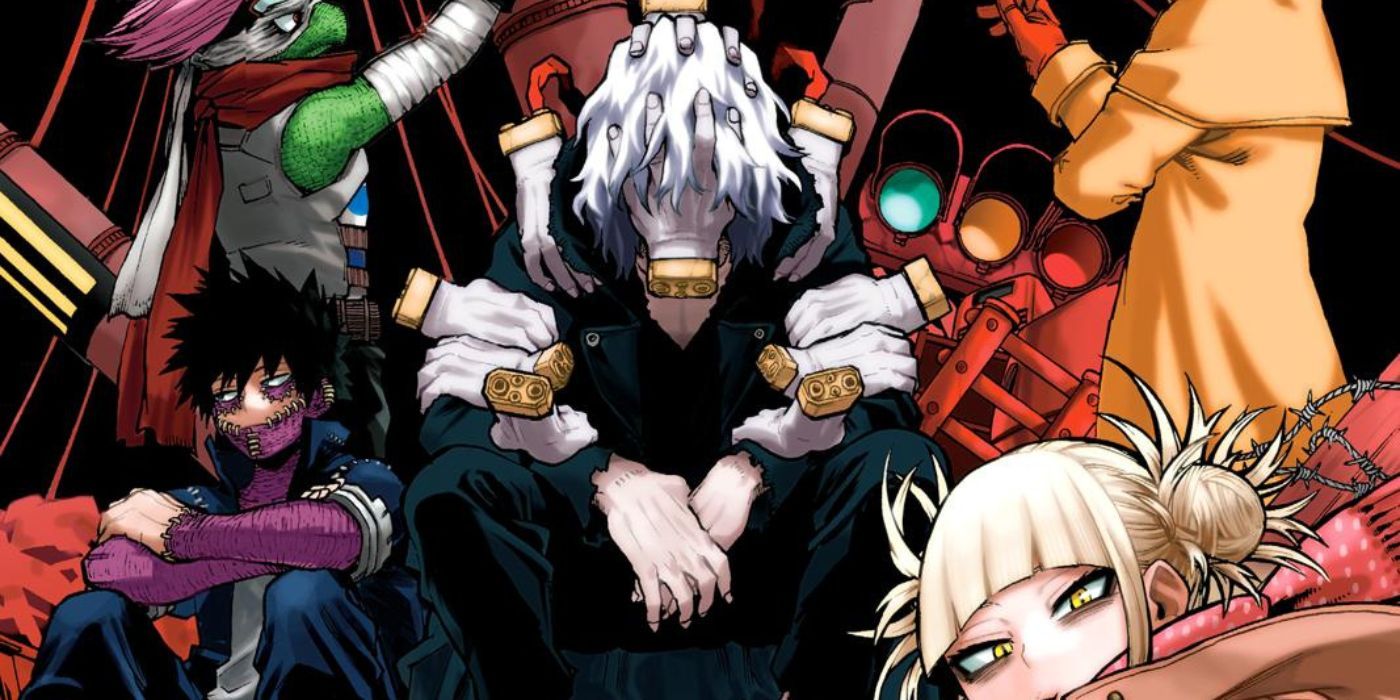
Some individual villains can be captivating, like those who operate independently under their own codes of conduct. However, when it comes to villain teams, they become more intriguing. Even antagonistic characters with selfish and manipulative natures can form alliances for a mutual objective, making them the greatest danger to heroes in their respective anime worlds. These groups embody stylish and exhilarating gangs equipped with a hidden lair, an ominous shared purpose, and possibly a unique dress code or hierarchical structure.
In my opinion, it’s always a thrill to see sinister factions emerge in pulse-pounding action anime shows! When these sinister forces invade the scene, it falls upon our heroic protagonists to engage each of their members in a series of escalating confrontations. These encounters result in electrifying battles and pivotal character development moments that etch these villainous groups into our memories, often outshining even the heroes who battle them. In fact, some of these villain factions have become so iconic and impactful, they linger long after being vanquished by our heroic champions.
The Elders Serve Directly Under Imu
Within the realm of “One Piece,” the Five Elders serve as the primary decision-makers for the World Government, despite Imu being its enigmatic leader in the shadows. Each elder specializes in a distinct area, like St. Saturn who concentrates on science and defense, and they are all formidable combatants as well.
In Marijoa along the Red Line, much like other inhabitants, the revered Five Elders are regarded as divine beings. Generally, ordinary folks aren’t allowed to meet them face-to-face, but high-ranking Admirals might catch a glimpse. As manga enthusiasts know, Imu highly esteems the Five Elders but won’t tolerate any missteps. Following Jaygarcia Saturn’s mistake on Egghead, he was eliminated, and Figarland Garling took over, a development that should lead to significant consequences in the future.
Yahiko Was the Mastermind Behind This Team
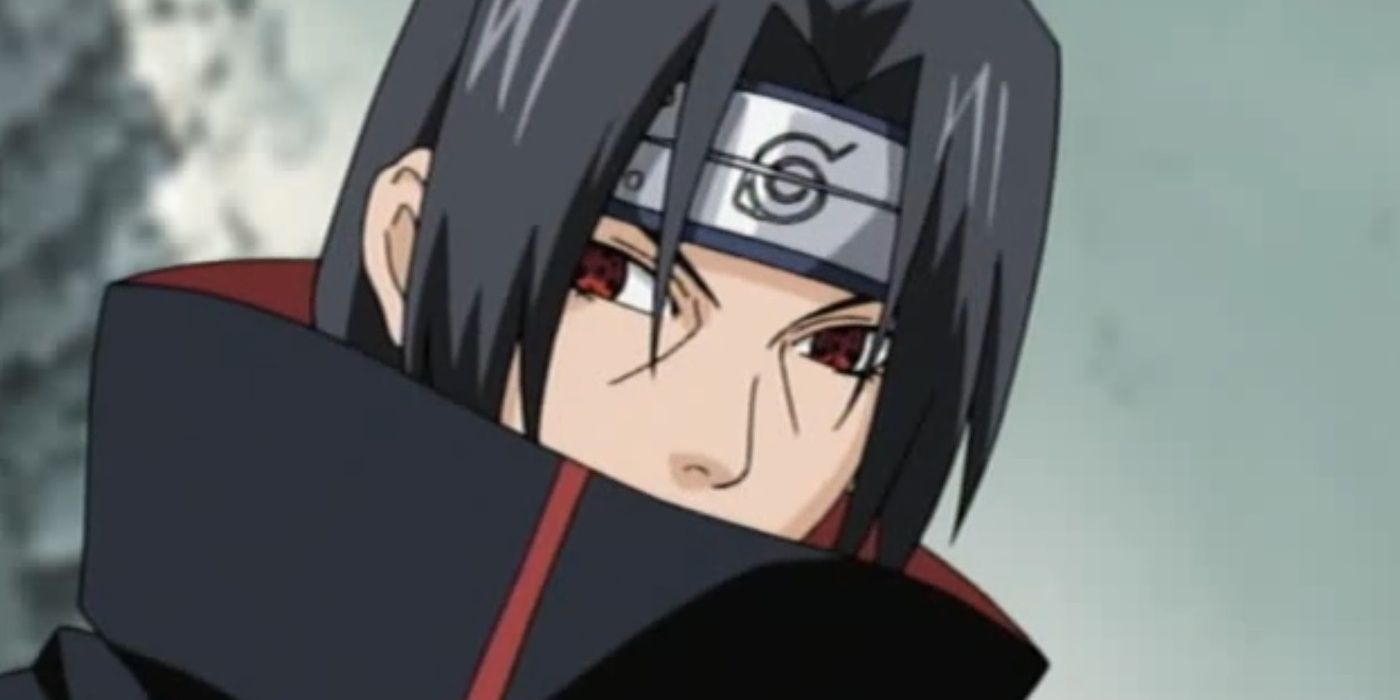

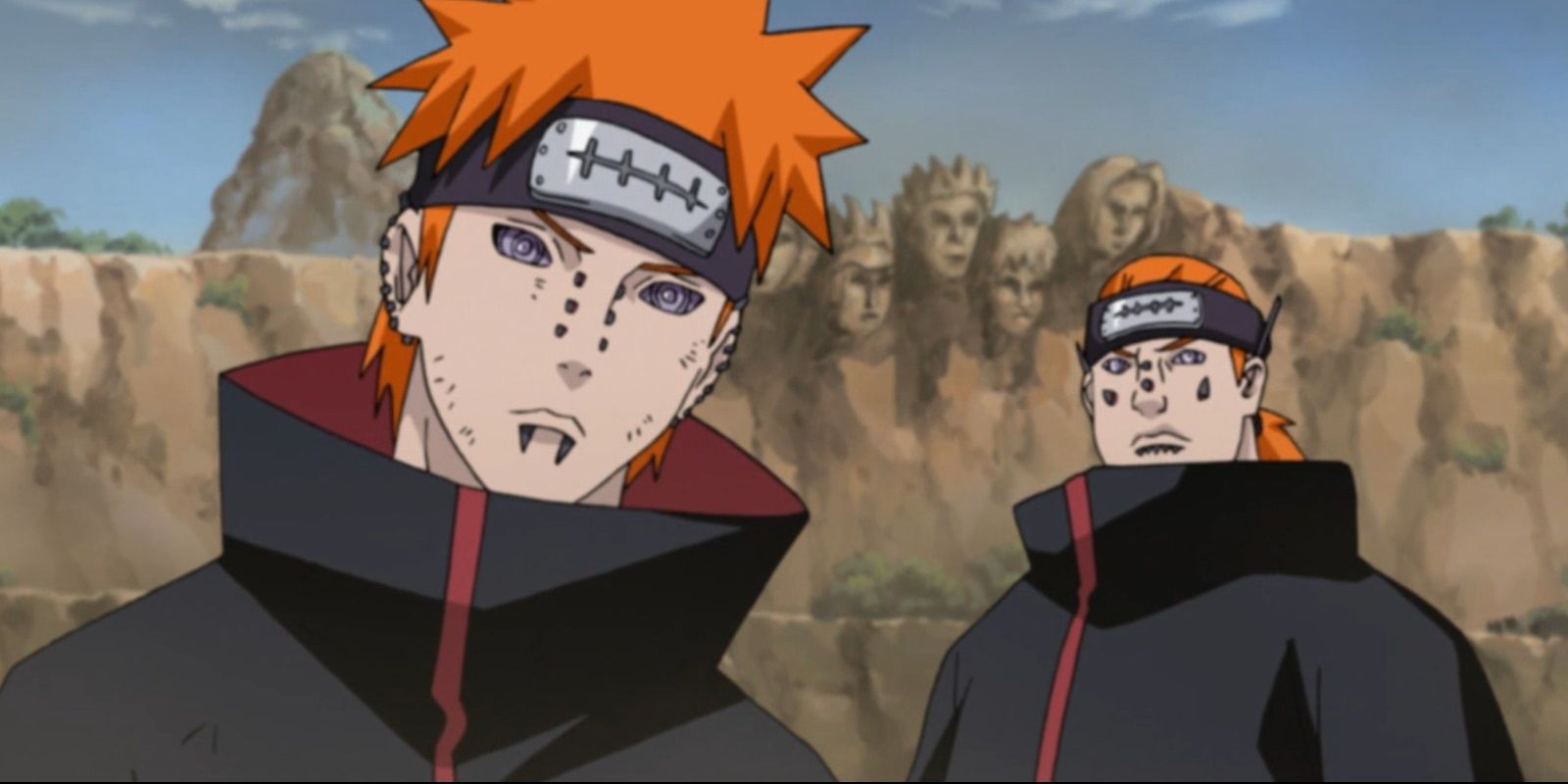
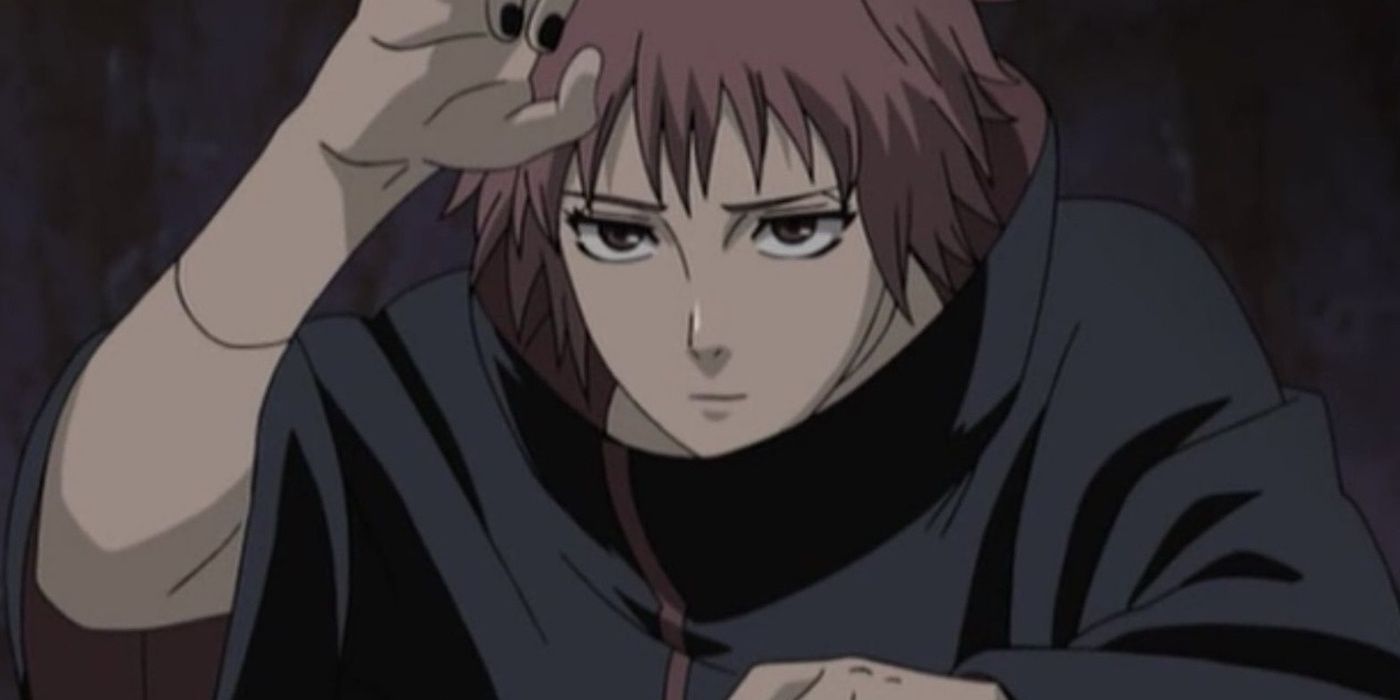
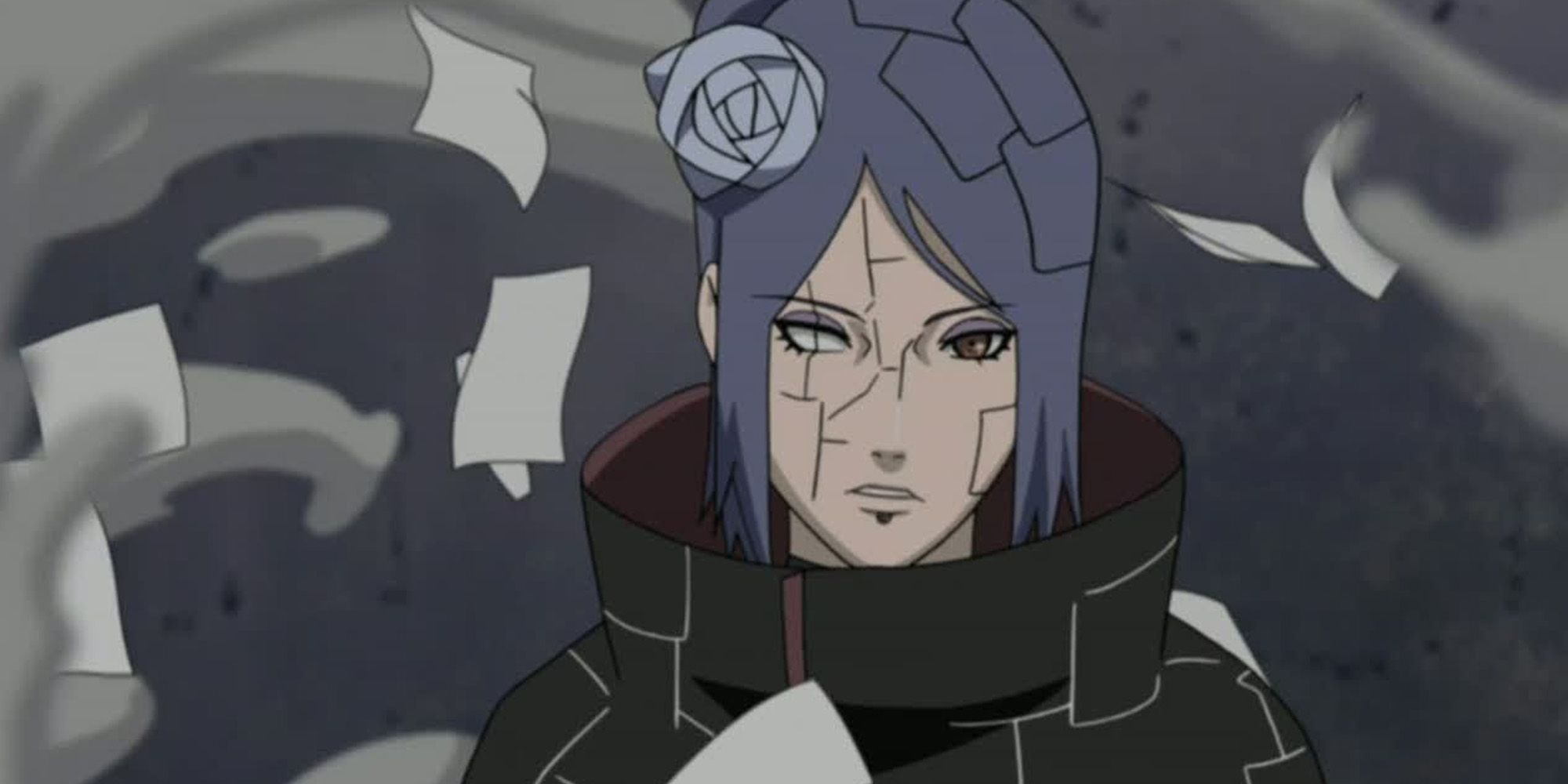
In the wake of Hiruzen Sarutobi’s demise within the Naruto series, Naruto encountered an entirely fresh menace: a duo hailing from the Akatsuki organization – Itachi Uchiha and Kisame Hoshigaki. These adversaries were formidable indeed, and as the story unfolded in Naruto Shippuden, viewers were treated to a deeper exploration of this enigmatic group. Interestingly, even Itachi wasn’t the strongest member among them, which significantly increased the tension.
Aficionados of anime will forever remember the Akatsuki as a clandestine band of renegade ninjas, distinguished by their stylish robes and distinctive rings on various fingers, symbolizing their group membership. Their endeavors to capture the nine Tailed Beasts, a daring objective that no other ninja clan would dare attempt, only adds to their legendary status. Moreover, the Akatsuki kept Naruto fans guessing as the leadership within this group was constantly changing, with figures like Pain, Tobi/Obito, and Madara Uchiha all playing significant roles in shaping its power dynamics.
Ken Owes His Ghoul Powers to Aogiri Tree
In the animated universe of Tokyo Ghoul, many ghouls prefer hunting humans individually. However, some more assertive and collaborative ghouls believed in the power of unity, leading to the formation of a gang known as Aogiri Tree. This group’s enigmatic leader is the One-Eyed King. For a spell, this group captivated anime enthusiasts due to the intrigue surrounding the One-Eyed King’s identity, sparking curiosity about what their leader was truly like.
Beyond that, the main character, Ken Kaneki, can thank Aogiri Tree for facilitating the awakening of his abilities. Prior to this, he had been holding back, but Yamori’s torment transformed the situation. Ken’s powers grew when he accepted his ghoul identity, and he even developed a kakuja kagune after overpowering and consuming Yamori in combat. In an unusual twist, Ken found himself with a complex connection to this antagonist group.
Ash Was Always Prepared for Team Rocket’s Trouble
Team Rocket, a notoriously villainous group in the world of anime, may have an inconsistent history, but their charm lies in the bungling antics of their core members – Jessie, James, and Meowth. These characters repeatedly attempt to capture Ash’s Pikachu and establish themselves as the public image of Team Rocket, which is part of their appeal for Pokémon fans. While Team Rocket encompasses a larger group, it’s these three that have won the hearts of anime enthusiasts.
In the anime, Team Rocket stands out for giving depth to characters like Jessie, James, and Meowth. I’ve always felt a deep connection with them because their backstories are so relatable! Jessie, for instance, had a tough upbringing marked by poverty, while James found the rigid upper-class life stifling. As for Meowth, he was once just a street cat who learned to talk and discovered friendship with Jessie and James on equal footing. These characters are not mere villains but complex individuals with their own struggles and triumphs.
The Homunculi All Died Meaningful & Ironic Deaths
In the anime ‘Fullmetal Alchemist: Brotherhood’, the wicked character known as Father creates seven homunculi, each with unique forms and abilities that stem from their sins in human form. Of these creations, Pride is the initial and most powerful. These artificial beings are used by Father to further his plans for dominion over Amestris and ultimately become a god, although Greed eventually decides to act independently. There was some turmoil when Greed was apprehended, resurrected, and subsequently rebelled once more.
As an avid observer, I can’t help but be captivated by the seven figures known as the homunculi. Their demises, you see, were a stark contradiction to the vices they symbolized, making their tales all the more poignant. It’s a twist of fate, a tragic irony if you will, that they met their ends in vain, implying that the sins they personified were never truly worth living by or fighting for.
For instance, Pride was brought low by Edward, his arrogance shattered. Sloth, on the other hand, exerted himself to the point of exhaustion and ultimately succumbed, while Lust perished at the hands of the man she found most alluring.
The League of Villains Is the Result of the Hero Paradox
In a fresh take, “My Hero Academia” isn’t merely an homage to traditional shonen manga and superhero comics from the United States; it also delves into societal critiques through the lens of Quirks. Within this world of Quirks, pro heroes emerged as self-proclaimed guardians of justice and law, thus categorizing their adversaries as villains by default. Regrettably, many individuals born with non-heroic Quirks were unjustly branded as villains. Furthermore, the series grapples with the paradox that if heroes are clearly defined, then villainy must exist inherently, and complete eradication of villainy might never be achievable.
From the complexities and struggles of society, the League of Villains arose, born from the imposition of ideals by pro heroes upon others. Although their criminal actions are unjustifiable, they underscore the ongoing struggle between good and evil that remains unconquered, regardless of the strength of heroes’ powers. Led by Tomura Shigaraki, the League of Villains represents the indomitable concept of evil. According to definitions and philosophy, a group like the League of Villains is essentially inevitable, which adds to their fascination.
Not Even Teamwork Could Bring Salvation to Hollows
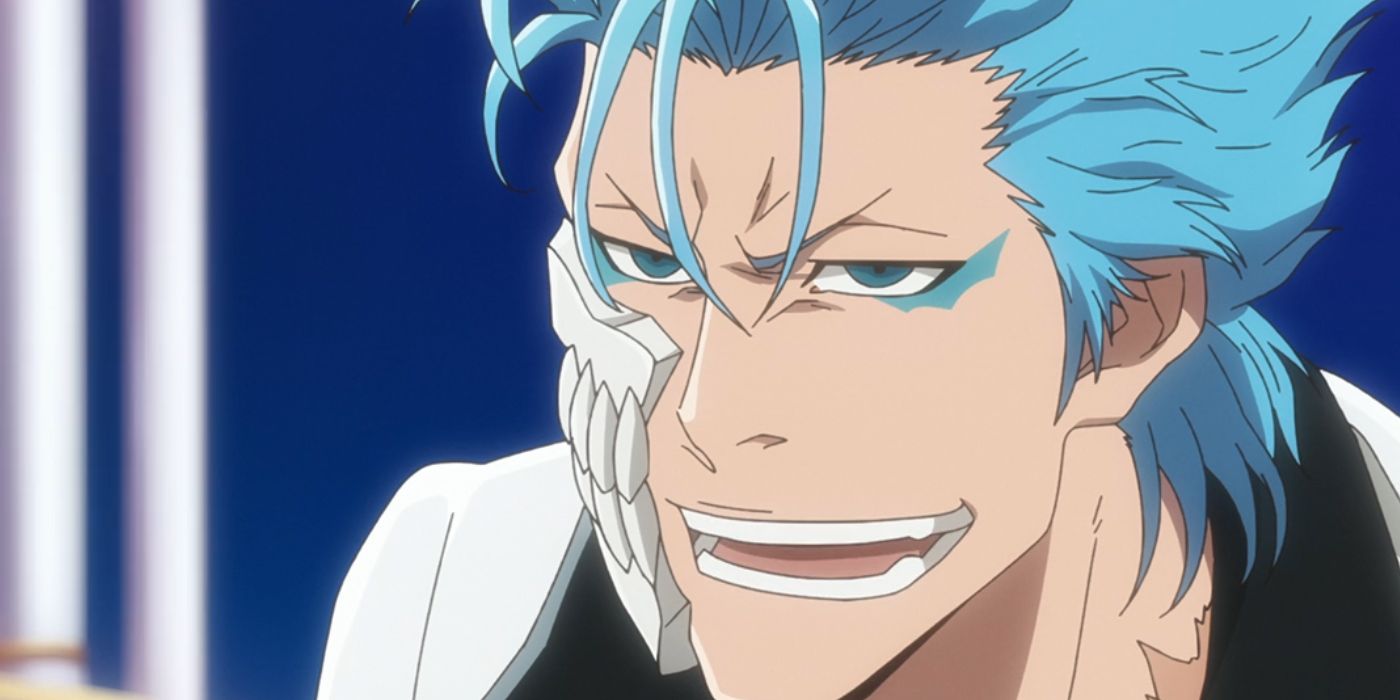
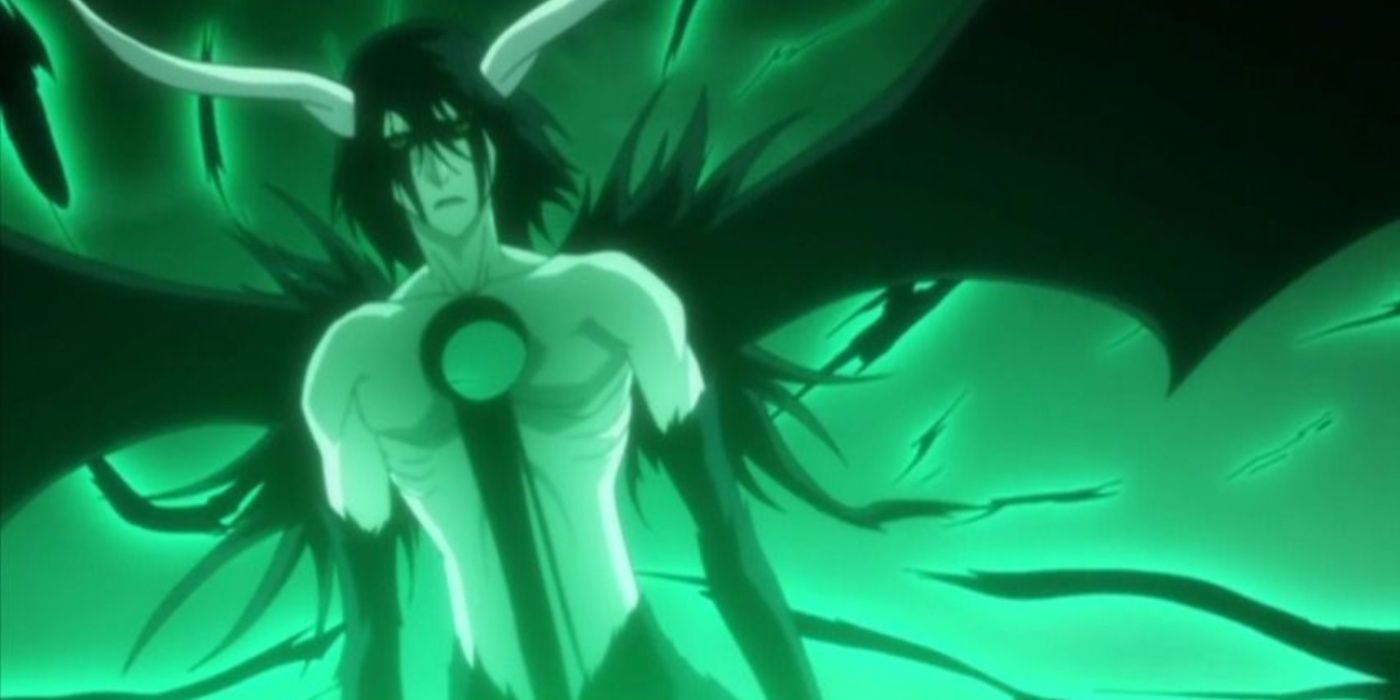
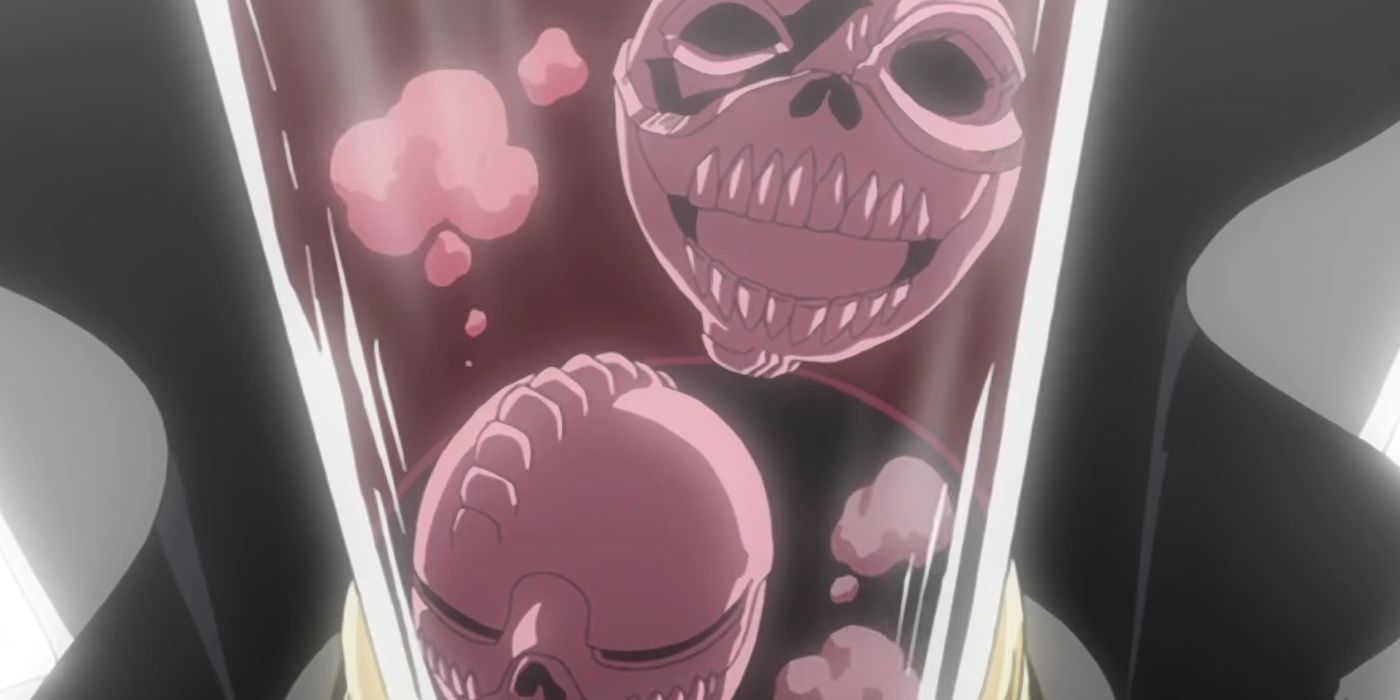
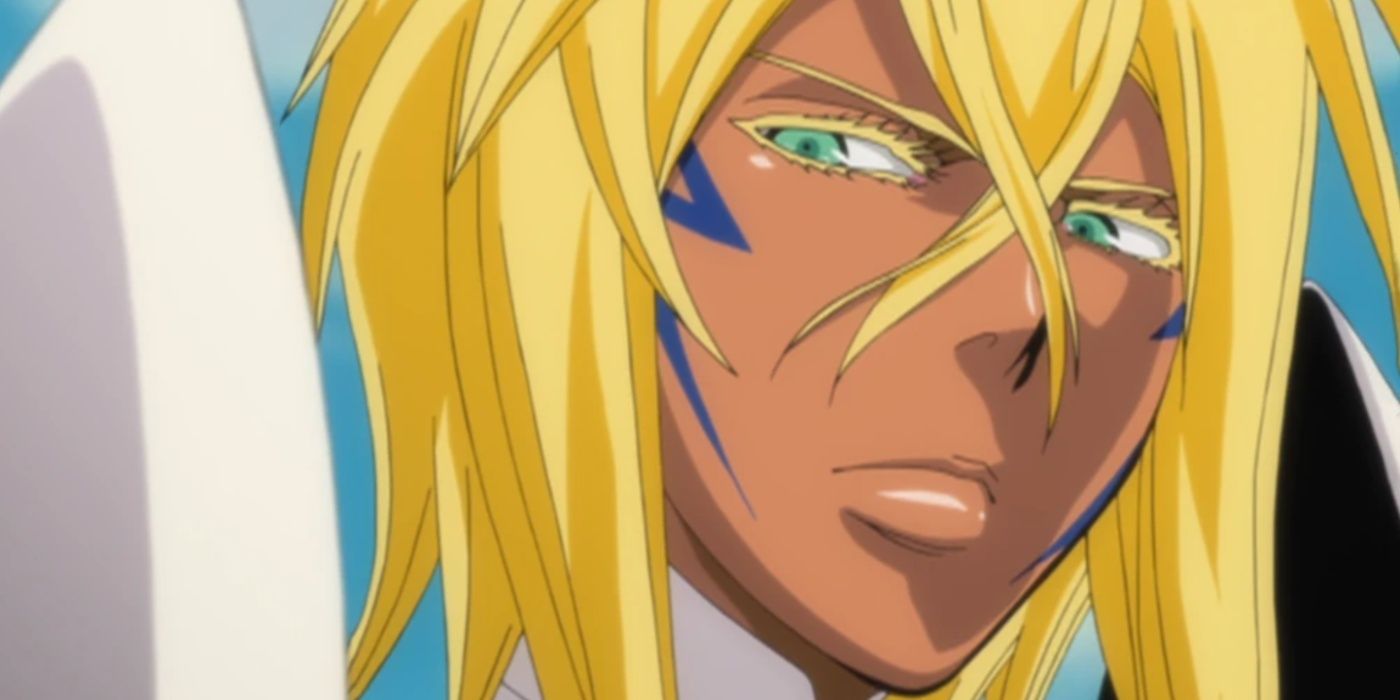
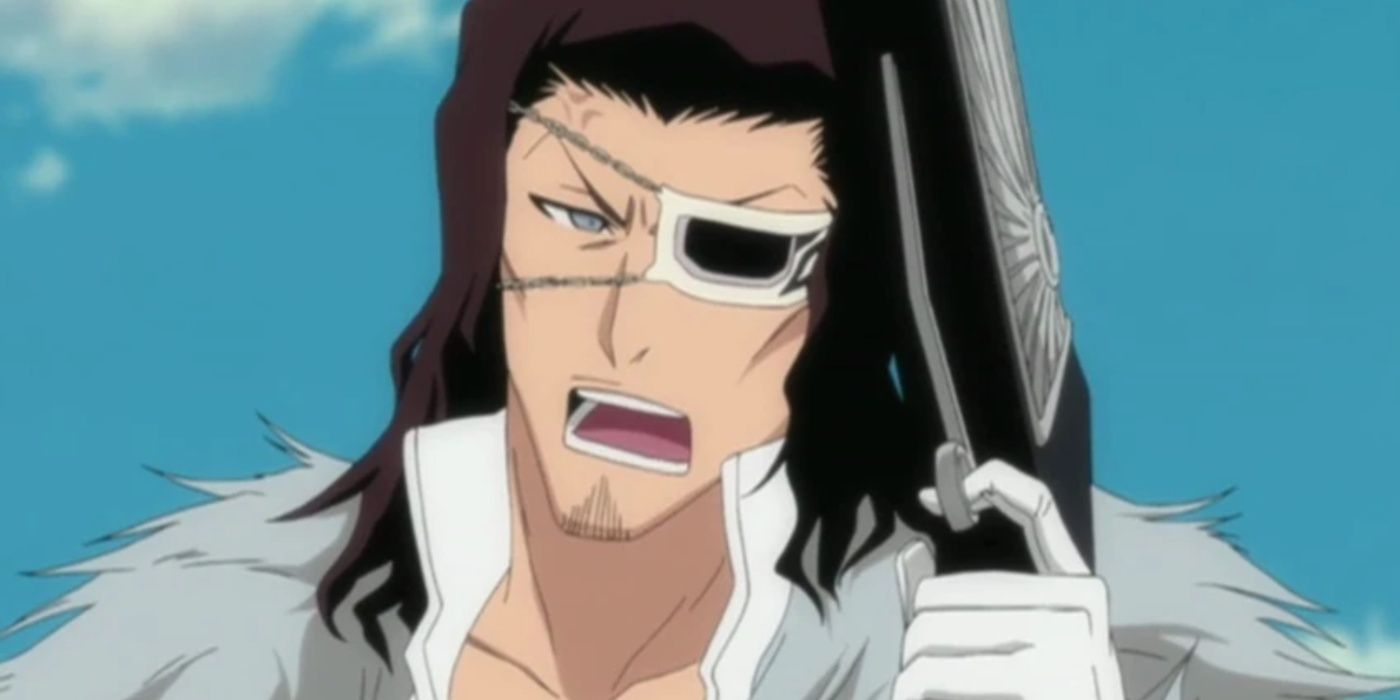
In essence, the ten Espadas were strategically assembled by Sosuke Aizen as his elite enforcers, tasked with battling his adversaries and executing his orders. Simultaneously, they served as a mirror to the remaining Captains within the Gotei 13. Nonetheless, the Espadas and their underlings weren’t merely obligatory antagonists to provide opponents for our heroes in the anime Bleach. Instead, the Espadas symbolize the hollowness that power can bring.
A significant motif in Hollows is their inner emptiness, which is the reason behind their name. No matter how powerful they become or how many souls they consume, they remain empty and in pain. Even Espadas like Baraggan and Grimmjow, who sought to be top predators, found that neither power nor dominance could alleviate their emptiness or give their lives purpose. In the end, despite becoming elite warriors with a cause, these Espadas discovered that they had made no progress at all in overcoming their inner void.
Frieza Isn’t Too Proud to Call on Some Help
In a somewhat lesser role compared to other powerful antagonists across the entire Dragon Ball Z series, the members of the Ginyu Force weren’t the strongest villains in the Namek saga; however, they remain beloved by anime fans. Their popularity even surpasses that of the Red Ribbon Army members. The five-man Ginyu Force stood out as entertaining and memorable adversaries for Goku, and their signature group pose added a humorous touch to the series. To this very day, numerous anime still pay tribute to the Ginyu Force and their iconic pose.
The members of the Ginyu Force were mostly used as additional combatants, lacking significant themes or personal development. However, they played a crucial role in shaping the archetype for anime villain squads. It was thrilling and suspenseful to witness Captain Ginyu swap bodies with Goku, catching his allies off guard.
Some of the Moons Deserve Serious Pity
In terms of theme, fans of “Demon Slayer” may find similarities between the 12 Demon Moons/Kizuki and the Espadas from “Bleach,” given that “Bleach” served as a significant influence on “Demon Slayer.” Both groups consist of monstrous entities who seek unity, purpose, and joy under a dominant leader, yet figures such as Aizen and Muzan Kibutsuji, the demon king, seem indifferent to their well-being. Characters like Kokushibo and Daki aim to please Muzan, but they receive little in return.
From my perspective, it seems that the denizens of the Demon Moons may not discover enduring joy in power and victories on the battlefield, despite Akaza’s convictions. These beings appear to be afflicted souls yearning for human empathy and bonds, a truth vividly portrayed when Daki and Gyutaro faced their mortality together. Even Rui, the seemingly heartless Lower Moon 5, yearned for a contented family life with his parents.
Kurapika Wanted Them Dead at Any Cost
The Phantom Troupe from the anime series “Hunter x Hunter,” especially in its 2011 version, is particularly famous or vibrantly distinctive. Members of the Phantom Troupe possess unique abilities and weapons, many fueled by Nen, ranging from a flute-like physique to a vacuum cleaner with fangs and impressive martial arts. It’s believed that Feitan might have influenced the appearance and demeanor of Levi Ackerman from “Attack on Titan.
In the Yorknew City storyline, I witnessed the Phantom Troupe garner quite a reputation, leading to clashes with Gon’s companions, particularly Kurapika. The intensity of Kurapika’s animosity towards the Troupe was striking; he designed his Nen combat techniques specifically targeting them. It was intriguing to observe Hisoka, a member of the Phantom Troupe, pursuing his own objectives and eventually parting ways from this group known for its spider motif.
Read More
- Brawl Stars December 2025 Brawl Talk: Two New Brawlers, Buffie, Vault, New Skins, Game Modes, and more
- Clash Royale Best Boss Bandit Champion decks
- Best Hero Card Decks in Clash Royale
- Call of Duty Mobile: DMZ Recon Guide: Overview, How to Play, Progression, and more
- Clash Royale December 2025: Events, Challenges, Tournaments, and Rewards
- Best Arena 9 Decks in Clast Royale
- Clash Royale Witch Evolution best decks guide
- Clash Royale Best Arena 14 Decks
- Brawl Stars December 2025 Brawl Talk: Two New Brawlers, Buffie, Vault, New Skins, Game Modes, and more
- Decoding Judicial Reasoning: A New Dataset for Studying Legal Formalism
2025-05-17 00:55